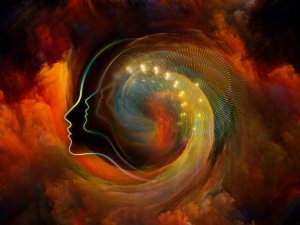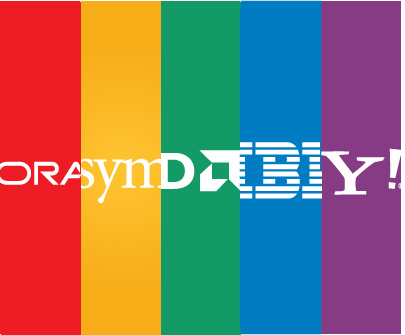How Color Influences Us

Marketing uses every trick in the book to achieve its goals and every resource at its disposal to get a product or idea to catch our attention. One of those tools is color.
Marketers have discovered that specific colors can impact our decisions as consumers, and they have taken advantage of it. Colors are used in marketing campaigns to create a specific image for a brand or product in the hope that this image will influence to buy it.
“Color psychology” is a field dedicated to analyzing the effects that each tone of color has on our thoughts and behavior. This data is used not just in marketing, but also in art, architecture, education, design, etc.
How do colors make us buy things?
According to the hue chosen by the creative minds of a company, a product or a whole brand could be a success or a failure. Colors have that big of an effect. They can modify the perceived value of a certain product, the desire we feel to buy it, the feelings it prompts, etc.
Our perceptions of each color depend on our personal experiences; however, there are also general rules governing the way that colors impact us. The emotions and feelings evoked by a specific color tend to be similar within a population.
The most important brand names and logos in the world are based on a table that associates a color with its perception. As follows:
Yellow
Stands for optimism, warmth and clarity. Examples of brand logos with this color are Best Buy, Subway, Shell, Nikon, Chevrolet, UPS, IKEA, Ferrari and McDonalds.

Orange
Stands for friendship, confidentiality and trust. Companies that chose this color are Nickelodeon, Fanta, Mozzila, Crush, VLC, Amazon and Gulf.
Red
It excites the senses. Examples: Coca Cola, Nintendo, Kellogg’s, CNN, Exxon, Lego, Pinterest and Canon.
Purple
Stands for creativity and imagination. Some brands that opted for this color are SyFy, Yahoo, Taco Bell, Lynx, Barbie and Cadbury.
Blue
Stands for trust and seriousness. Examples of products with this hue are Dell, HP, Oreo, Oral B, Walmart, WordPress, Vimeo, Twitter and American Express.
Green
Stands for peace, health and growth. Brands associated with this color are Tropicana, John Deere, Monster, Spotify, Animal Planet, Android and Starbucks.
Black and White
Together they stand for ease and balance (gray can also be used). Examples: Cartoon Network, Apple, New York Times, Wikipedia, Puma and Nike.
There are also those who have chosen to use more than one color in their logo. Such is the case for Google, NBC, Windows and Ebay. In these cases, the goal is for the client to experience more than one sensation.
Why do we choose a brand for its color?
According to a study titled “The Impact of Color in Marketing,” 90% of consumers judged a product’s value based on its color. Additionally, we make color choices depending on our emotions. This means that we don’t choose something yellow or orange if we’re depressed, for example.
Colors can affect us in significant ways. For example, we might feel different in our office if it’s painted in dull colors than if it is painted in more appealing hues. Colors can help us rest better, study, be calm, enjoy our home, etc. Why can’t they “tell us” what to buy or consume?
Beyond the strategies companies use to grab our attention, our experiences also count. If your favorite color is green, for example, it’s more likely that we’ll choose products that have chosen this hue. Also, it’ll be harder for you to pick a product that is blue or orange, to give an example.
If we test it out, go to the market and analyze what catches our eye, surely it’ll be the brighter or bolder colors, such as yellow. But that doesn’t mean that 100% of the time we’ll end up buying that product. There are other things that have to convince us. But those are elements that we’re at least willing to evaluate because the product has grabbed our attention.
The key is to know how to differentiate products not by their colors, but by their quality, prices or utility. This way, we will be conscious consumers and not just “robots” who simply buy what companies want us to buy.
This text is provided for informational purposes only and does not replace consultation with a professional. If in doubt, consult your specialist.








